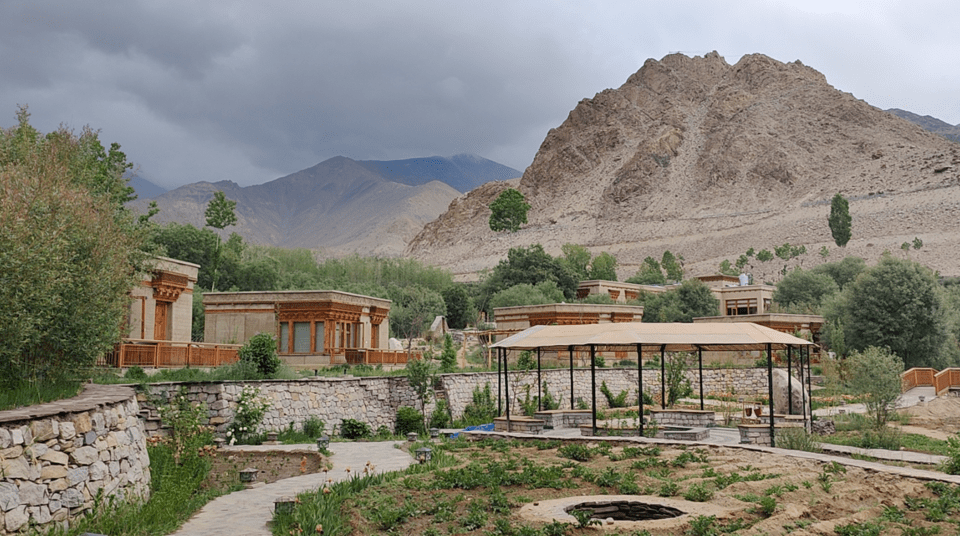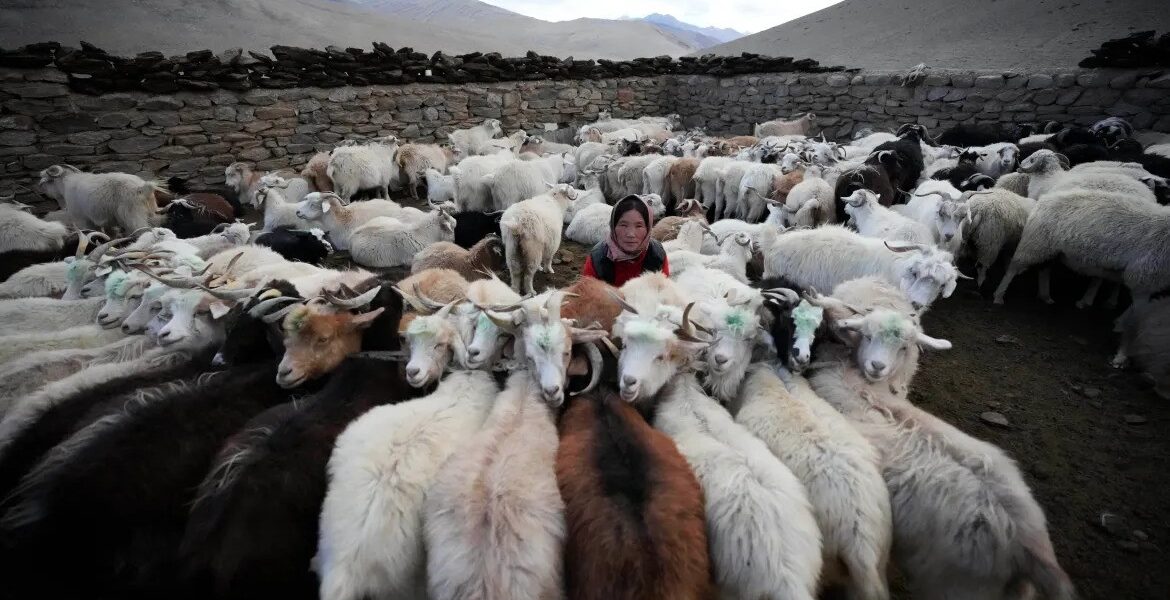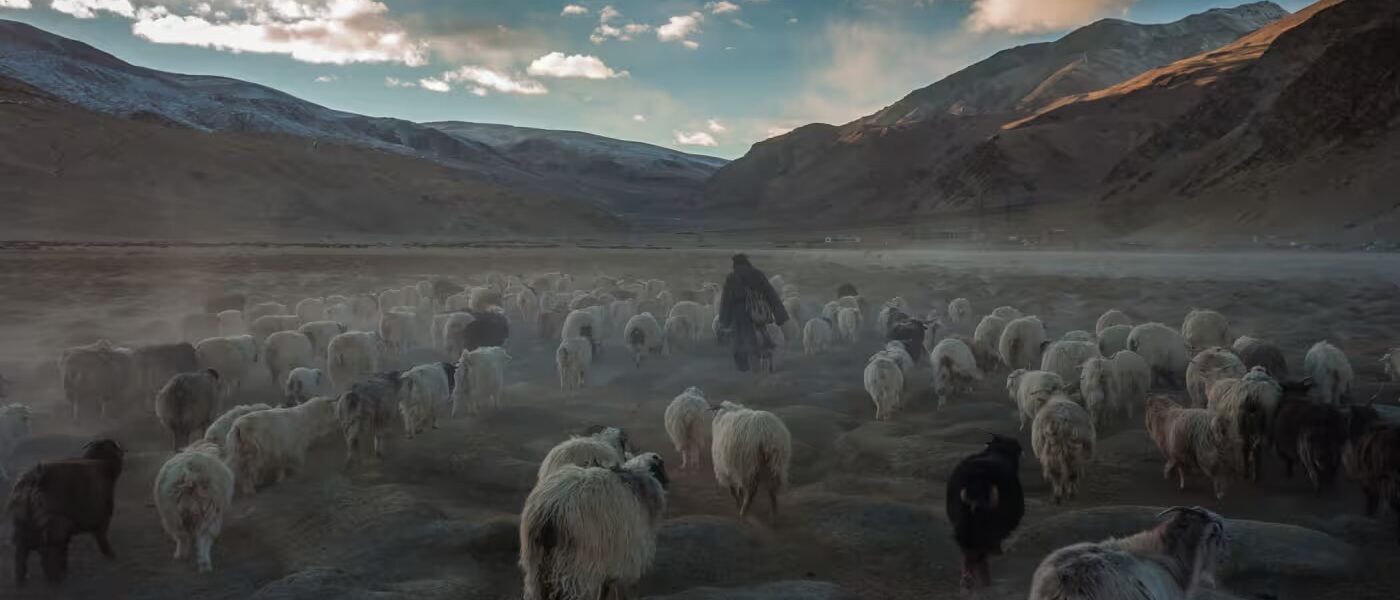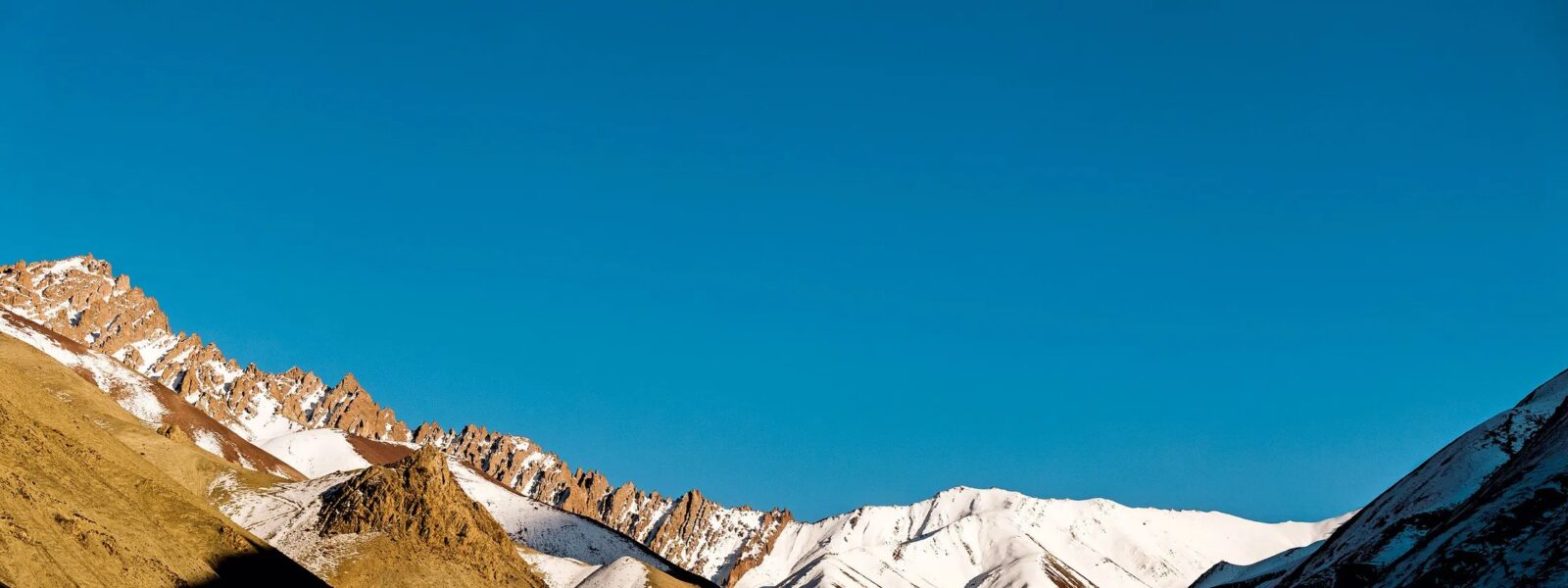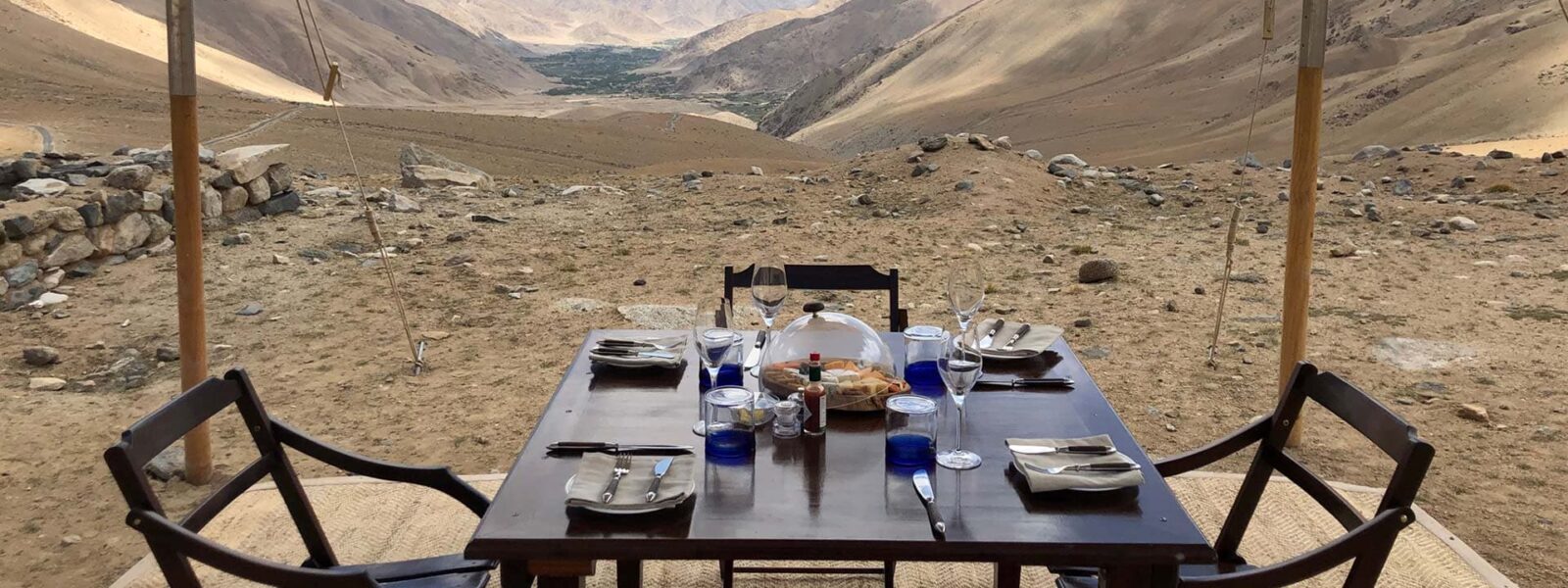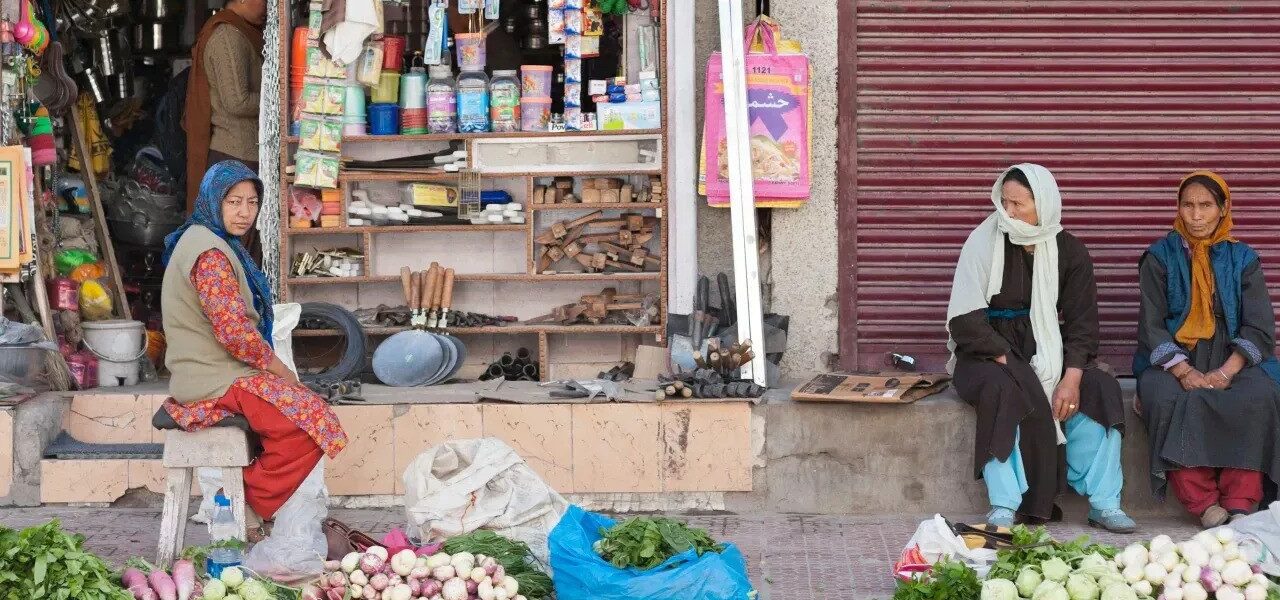Eco-Friendly Travel in Ladakh: Sustainable Tourism Tips
Ladakh, a stunning region in Northern India, is renowned for its breathtaking landscapes, rich culture, and unique wildlife. As more travelers seek to explore this beautiful area, it’s essential to promote eco-friendly travel and sustainable tourism practices to preserve its fragile ecosystem. In this blog post, we’ll explore the importance of responsible travel in Ladakh, provide tips on minimizing your environmental impact, and highlight ways to contribute to local communities and conservation efforts.
Why Eco-Friendly Travel Matters in Ladakh
Ladakh’s high-altitude desert environment is incredibly fragile. With limited natural resources and a sensitive ecosystem, the growing number of tourists has started to affect the region. Issues like increased waste, water scarcity, and carbon emissions are becoming serious challenges. By embracing sustainable tourism in Ladakh, travelers can help protect the environment and support the local economy.
The Impact of Mass Tourism on Ladakh’s Environment
Tourism has brought both economic benefits and environmental challenges to Ladakh. Mass tourism, if not managed responsibly, leads to issues like:
- Water shortages: Ladakh’s limited water supply is under strain, particularly during the tourist season.
- Waste management problems: The region lacks adequate waste disposal facilities, leading to litter and pollution.
- Increased carbon footprint: The heavy use of motor vehicles by tourists contributes to air pollution and increases carbon emissions.
To reduce your environmental impact, it’s crucial to adopt eco-friendly travel practices, such as reducing waste, conserving water, and using low-emission transport.
Supporting Local Communities Through Sustainable Travel
Another critical aspect of responsible tourism is supporting the local economy. Ladakh’s residents have deep cultural and spiritual connections to their land, and responsible travelers can contribute to preserving these traditions. By staying in eco-friendly accommodations, eating locally sourced food, and purchasing handmade products from Ladakhi artisans, you can ensure that tourism directly benefits the local population.
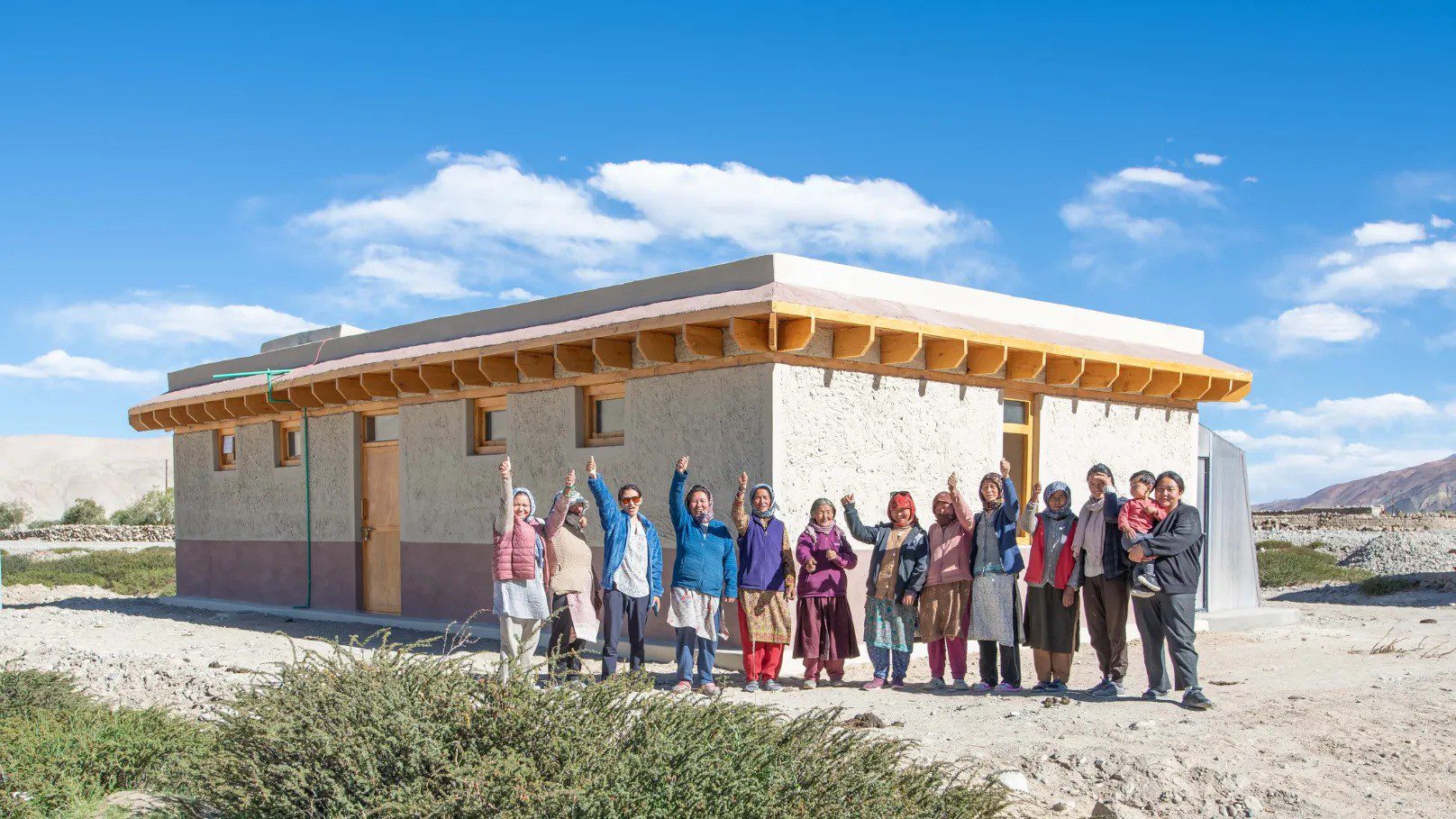
How to Travel Sustainably in Ladakh
When visiting Ladakh, there are many ways to travel sustainably and minimize your impact on the environment. By following these eco-friendly travel tips, you can help preserve this beautiful destination for future generations.
Choosing Eco-Friendly Accommodations in Ladakh
One of the best ways to practice sustainable tourism is by choosing eco-friendly accommodations. Many guesthouses and hotels in Ladakh are committed to reducing their environmental footprint by using solar energy, recycling waste, and conserving water. Staying in such places helps reduce the overall environmental impact of your trip.
Some popular eco-friendly accommodations in Ladakh include:
| Accommodation | Eco-Friendly Features |
|---|---|
| ladakh eco resort | Solar energy, water conservation, waste management |
| Mystique Meadows Camp | Organic farming, sustainable building materials |
| Nubra Eco-Lodge | Solar-powered, plastic-free, promotes local employment |
By staying in eco-lodges or green hotels, you can enjoy a comfortable stay while contributing to the environment.
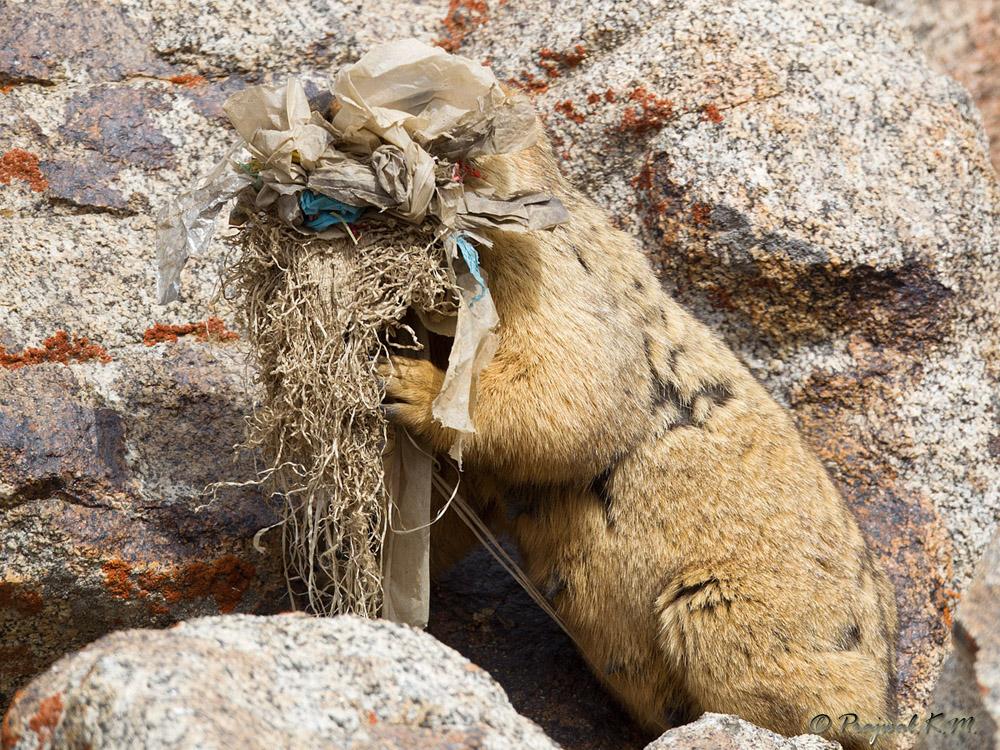
Reducing Plastic Waste: Travel Tips for Ladakh
Plastic waste is a major issue in Ladakh due to the lack of recycling facilities. Here are some tips to minimize your plastic use while traveling:
- Bring a reusable water bottle: Avoid single-use plastic bottles by carrying a refillable water bottle. Many guesthouses and cafes in Ladakh offer filtered water for refills.
- Carry reusable bags: Avoid plastic bags by packing reusable cloth bags for your shopping.
- Say no to plastic straws: Bring your own stainless steel or bamboo straw, or simply skip the straw when you order drinks.
By following these tips, you’ll help reduce the plastic pollution that is harming Ladakh’s delicate ecosystem.
Opting for Sustainable Transportation
Transportation is one of the largest contributors to a traveler’s carbon footprint. In Ladakh, opt for sustainable transportation options wherever possible:
- Use public transport: Buses in Ladakh are not only more eco-friendly than private cars, but they also offer a chance to interact with locals.
- Carpooling: If you need to rent a vehicle, consider sharing it with other travelers to reduce emissions.
- Cycle: For short distances, renting a bike is a great way to explore the area while staying eco-friendly.

Using green transport options significantly reduces the environmental impact of your travels in Ladakh.
Sustainable Activities and Eco-Friendly Tours in Ladakh
Ladakh offers a wide variety of eco-conscious activities that allow you to enjoy its natural beauty while minimizing harm to the environment.
Low-Impact Trekking Routes in Ladakh
Trekking is one of the most popular activities in Ladakh, but it’s essential to follow low-impact trekking practices to protect the trails and surrounding ecosystems. Stick to designated paths, avoid disturbing wildlife, and carry all your waste with you.
Some eco-friendly trekking routes in Ladakh include:
- Sham Valley Trek: A relatively easy and accessible route that passes through small villages.
- Markha Valley Trek: A more challenging trek that offers stunning views and cultural encounters, perfect for responsible travelers.
Responsible Wildlife Tourism in Ladakh
Ladakh is home to rare and endangered species such as the snow leopard and Himalayan ibex. When participating in wildlife tourism, it’s important to be mindful of your actions. Always follow ethical wildlife viewing practices:
- Keep a safe distance: Never approach or disturb animals in their natural habitat.
- Choose responsible tour operators: Opt for guides who prioritize conservation and respect for wildlife.
By engaging in responsible wildlife tourism, you can enjoy Ladakh’s diverse fauna without causing harm.

Supporting Conservation Projects While Visiting
Ladakh is home to several conservation projects that aim to protect its natural and cultural heritage. Some of these initiatives focus on wildlife preservation, while others work to maintain the region’s fragile ecosystems. You can contribute to these efforts by:
- Volunteering with local NGOs: Many organizations offer opportunities for tourists to participate in conservation activities.
- Donating to conservation projects: Financial contributions can support ongoing efforts to protect Ladakh’s environment.
Supporting conservation initiatives is a meaningful way to give back while enjoying your trip.
How to Minimize Your Carbon Footprint in Ladakh
Reducing your carbon footprint while traveling is a key component of eco-friendly tourism. Here are some practical ways to lower your environmental impact:
Using Renewable Energy Sources During Your Stay
Many eco-lodges in Ladakh are powered by renewable energy sources such as solar power. Staying in accommodations that use renewable energy helps reduce carbon emissions and supports sustainable energy initiatives in the region.
Reducing Energy Use While Traveling in Ladakh
Small actions can make a big difference. Here’s how to minimize your energy use while visiting Ladakh:
- Turn off lights and electronics when not in use.
- Unplug chargers when they’re not actively charging devices.
- Avoid long, hot showers to conserve energy and water.
By being mindful of your energy consumption, you can help reduce your environmental impact.

Best Times to Visit Ladakh for Eco-Friendly Travel
The best time to visit Ladakh for sustainable tourism is during the shoulder seasons (April-May and September-October). During these months, there are fewer tourists, which helps reduce the strain on local resources and minimizes overcrowding.
Traveling during off-peak times also gives you a more authentic and peaceful experience of Ladakh’s natural beauty.
Conclusion: Be a Responsible Tourist in Ladakh
Traveling responsibly in Ladakh not only ensures that you enjoy an unforgettable experience but also helps preserve the region’s natural and cultural heritage for future generations. By embracing sustainable travel practices, supporting local communities, and minimizing your environmental footprint, you can contribute to the long-term well-being of this stunning destination.
FAQs About Eco-Friendly Travel in Ladakh
What is the best time to visit Ladakh for sustainable tourism?
The best time to visit Ladakh for eco-friendly travel is during the shoulder seasons (April-May and September-October). These times help reduce the impact of mass tourism on the environment.
How can I reduce my plastic use when traveling in Ladakh?
You can reduce plastic waste by bringing a reusable water bottle, using cloth bags, and avoiding single-use plastics such as straws and plastic-wrapped products.
Are there any eco-friendly accommodations in Ladakh?
Yes, several eco-friendly accommodations in Ladakh focus on sustainability, including Eco Huts in Leh, Nubra Eco-Lodge, and Mystique Meadows Camp.
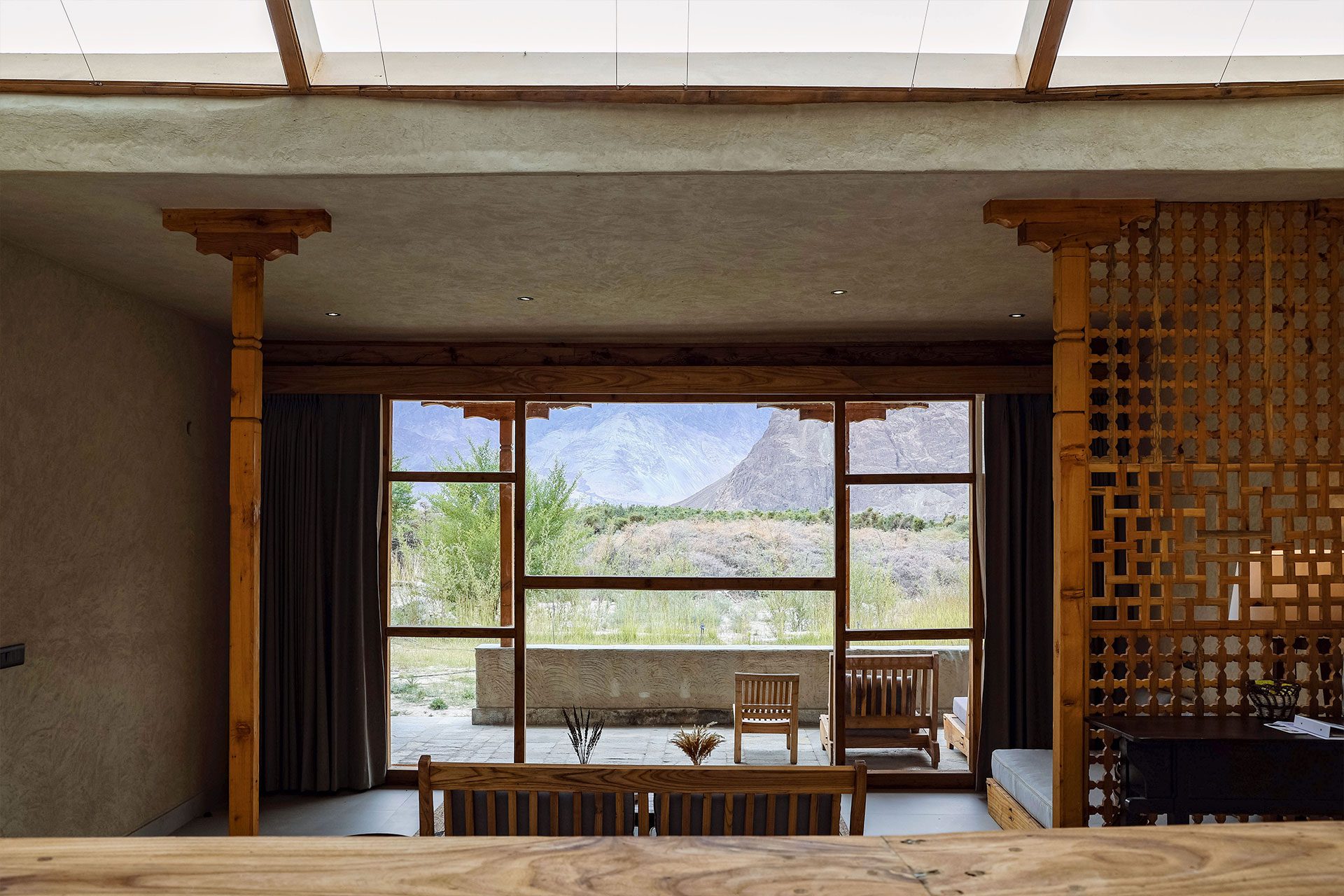
How can I contribute to conservation efforts while visiting Ladakh?
You can contribute by volunteering with local conservation organizations or donating to projects that focus on wildlife preservation and environmental protection.
What are the best eco-friendly activities to do in Ladakh?
Some of the best eco-friendly activities include low-impact trekking, wildlife viewing, and participating in local conservation efforts.
How can I travel sustainably in Ladakh while supporting local communities?
Stay at locally-owned guesthouses, buy handmade crafts from local artisans, and choose community-based tourism activities to support the local economy while minimizing environmental impact.
For those interested in exploring Ladakh in the most sustainable way possible, LIFE on the PLANET LADAKH offers incredible eco-tours that allow you to connect deeply with the region while preserving its natural beauty. Join us on a journey of responsible exploration and cultural immersion. We’d love to have you be part of this meaningful travel experience! 🌿

